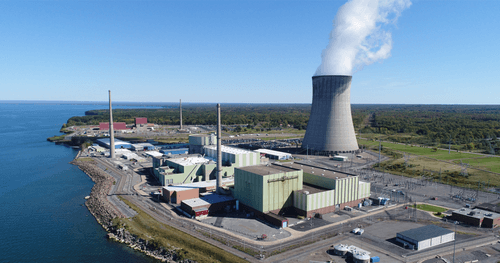The U.S. Department of Energy’s (DOE) Office of Fossil Energy and Carbon Management (FECM) is planning to disburse up to $500m for projects that will help expand carbon dioxide (CO2) transportation infrastructure to help reduce CO2 emissions across the United States.
America’s carbon transport system is already of significant scale—including multiple methods such as pipelines, trucks, and freight that together transport almost 60 million metric tons of CO2 per year, the DOE said in a news release. The United States will likely need to capture and permanently store approximately 400–1,800 million tonnes of CO2 annually to meet its net-zero commitments by 2050. To accommodate the rapid growth of carbon capture and storage industry, we must significantly expand the infrastructure to transport carbon dioxide over the next decade.
This funding opportunity announcement (FOA) will provide future growth grants under DOE’s Carbon Dioxide Transportation Infrastructure Finance and Innovation (CIFIA) program, made available through the Bipartisan Infrastructure Law. Future growth grants are intended to provide financial assistance for designing, developing, and building CO2 transport capacity up front that will then be available for future carbon capture and direct air capture facilities as they are developed and for additional CO2 storage and/or conversion sites as they come into operation.
Under this FOA, the transport system—which may include pipelines, rail, trucks, barges, and/or ships—must connect, either directly or indirectly, two or more CO2 emitting sources to one or more conversion sites or secure geologic storage facilities. DOE is interested in projects sited in different regions that will provide increased understanding of varying CO2 transport costs, transport modes, and transport network configurations, as well as technical, regulatory, and commercial considerations. This information will help inform DOE’s research and development strategy and to encourage commercial-scale deployment of carbon capture and storage and CO2 removal.
Read more details about this FOA here. All questions must be submitted through FedConnect; register here for an account. The application deadline is July 30, 2024 at 5:00 p.m. ET.





